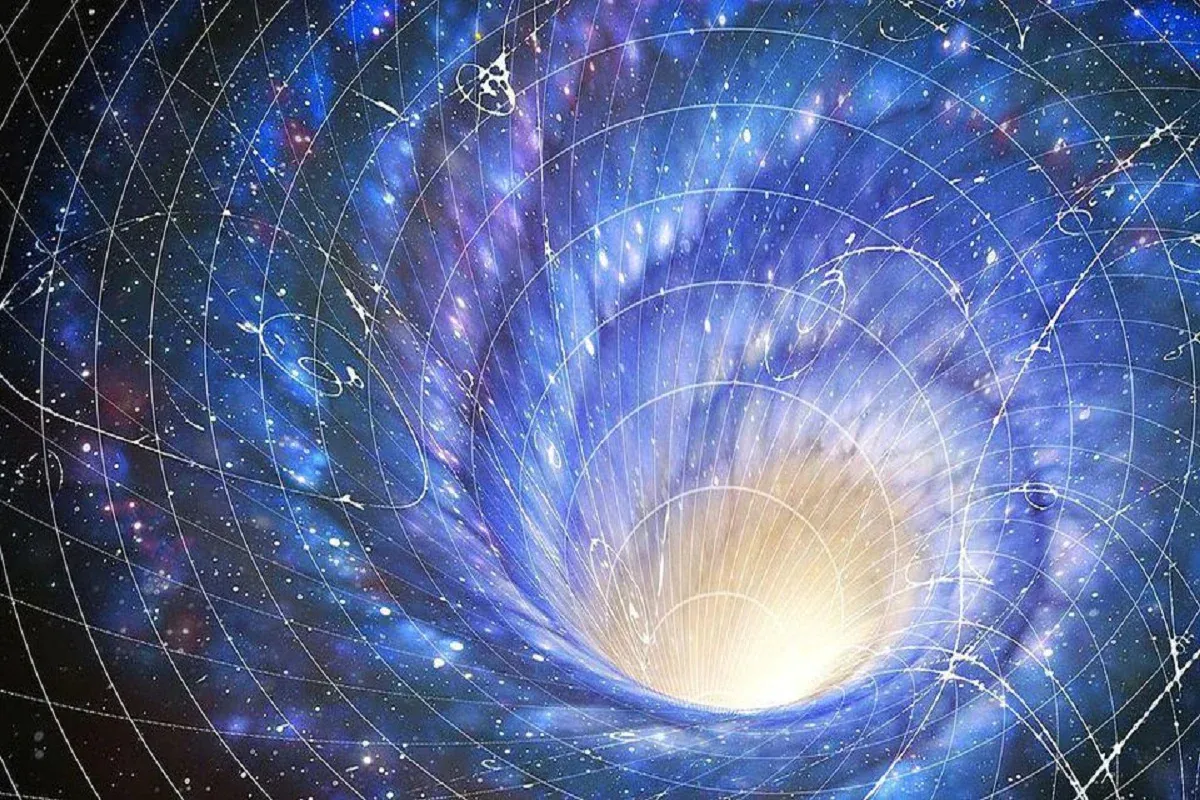The Theory of Time

Time is an integral part of our lives. It governs everything we do and helps us keep track of our day-to-day activities. But what is time, really? Is it just a constant that passes at the same rate for everyone, everywhere? In this article, we will explore the theory of time and unravel the mysteries behind it.
The Myth of Time as a Constant
Contrary to popular belief, time is not a constant. It does not pass by at the same rate for everyone. This means that time passes at a rate relative to the observer. Einstein's theory of relativity is perhaps the most famous theory that explains this concept. Time dilation is a phenomenon in which time travels slower for a moving clock than for a stationary clock. British physicist Dr Brian Cox explains this theory by using the example of a light bulb being moved up and down on a train. If someone on a platform records the movement of the light bulb on the train, they will notice that the light bulb travels diagonally up and down, compared to the straight up and down movement recorded by the person holding the bulb in the train. This means that the light travels a longer distance relative to the person on the platform. As light travels at a constant speed, time must be traveling faster for the observer on the platform or slower for the person on the train. This is the basis of time dilation.
Is Time Travel Possible?
Time Travel, we have seen it in the movies but is it actually possible. According to Einstein's equations, time travel is theoretically possible if you travel faster than the speed of light. However, practically it is impossible to travel faster than the speed of light. This is because of Isaac Newton's law of motion, which states that an object in motion remains in motion unless an outside force acts upon it. So to accelerate ab object you have to apply a force to it. As an object speeds up, its mass increases, requiring more force to accelerate. Approaching the speed of light, the mass of the object becomes near infinite, meaning the force needed to accelerate the object is also infinite, making it theoretically and practically impossible to surpass the speed of light.

Space-Time
There is a new scientific fundamental concept called space-time, which states that We live in a four-dimensional universe, with three dimensions of space and one dimension of time. Space-time is a theoretical concept in physics and a fundamental aspect of the natural world that governs the behaviour of all objects and phenomena.
Einstein's theory of relativity showed that space and time were not separate but rather two aspects of a single entity, space-time. In space-time, an object's position in space and its position in time are intertwined. To understand the concept of space-time, it is helpful to imagine a grid where the horizontal axis represents space, and the vertical axis represents time. Every event in the universe can be plotted on this grid, creating a four-dimensional structure that encompasses everything in the universe.
Space-time is not absolute but relative to the observer. The closer an observer is to an object, the slower time appears to move. This phenomenon is known as time dilation and has been experimentally proven. GPS systems, for example, need to take into account the effects of time dilation to provide accurate location data.
The concept of space-time has led to the development of many scientific theories and ideas, such as quantum mechanics, which describes the behaviour of particles on a very small scale. The concept of space-time has also been used to explain the origin and evolution of the universe, leading to the development of the Big Bang theory.
The theory of time is fascinating and understanding more about it has led to the development of many scientific theories and ideas, further advancing our understanding of the universe.